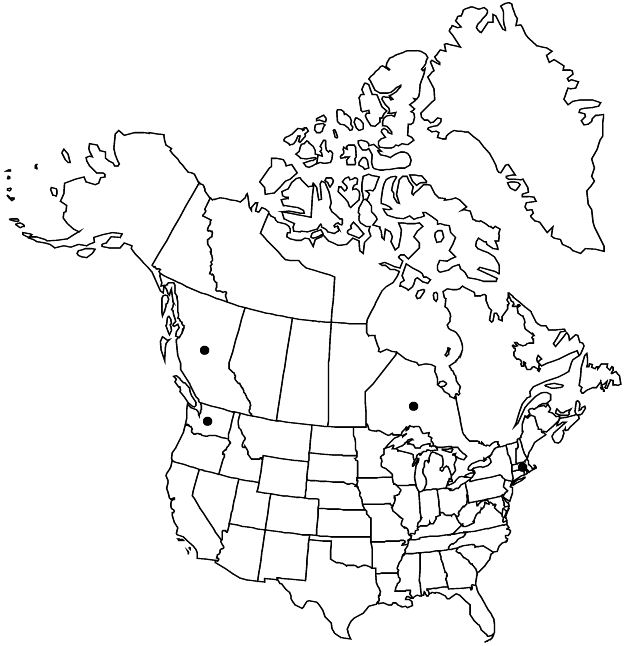Sorbus intermedia
Syn. Pl. 2: 38. 1806.
Trees, to 70[–200] dm. Stems 1; bark gray; winter buds green to red-brown, ovoid, 5–12 mm, shiny, slightly glutinous, whitish-villous. Leaves simple; stipules early deciduous, densely whitish-villous; blade shiny, green to dark green adaxially, ovate to elliptic, 6–13 × 3.5–8.5 cm, margins proximally 4–7 pinnately lobed, lobes ± oblong, 1–1.5(–1.8) cm wide, basal sinuses deepest, margins distally coarsely serrate, main pairs of secondary veins 8–10, apex acute to obtuse, abaxial surface white-tomentose, adaxial glabrous or sparsely villous, indument usually persistent. Panicles 18–85-flowered, rounded, 6–17 cm diam.; peduncles white-tomentose. Pedicels white-tomentose. Flowers 14–16 mm diam.; hypanthium whitish-tomentose, hypanthium plus sepals 5–6 mm; sepals 1.5–2.5 mm, margins villous and eglandular, rarely with inconspicuous glands; petals white, elliptic to broadly ovate, 5–7 mm; stamens 20; carpels distinct, apex conic, styles 2, 2.5–4 mm. Infructescences thinly white-tomentose to glabrate. Pomes bright red, ellipsoid, sometimes narrowly obovoid, 7–16 × 6–11 mm, shiny, faintly glaucous; lenticels few; sepals inconspicuous, erect, villous toward apex. Seeds red-brown, narrowly ovoid, 6–6.5 × 2.5–3.1 mm, slightly asymmetric, slightly flattened. 2n = 68 (Europe).
Phenology: Flowering spring; fruiting fall.
Habitat: Thickets, roadsides, waste ground, disturbed conifer forests
Elevation: 0–100 m
Distribution

Introduced; B.C., Ont., Mass., Wash., Europe.
Discussion
Sorbus aria (Linnaeus) Crantz of Europe has been reported from San Juan County, Washington (S. Atkinson and F. Sharpe 1993; J. T. Kartesz and C. A. Meacham 2003). Those populations are S. intermedia, with more deeply lobed leaves and broader winter buds.
Selected References
None.